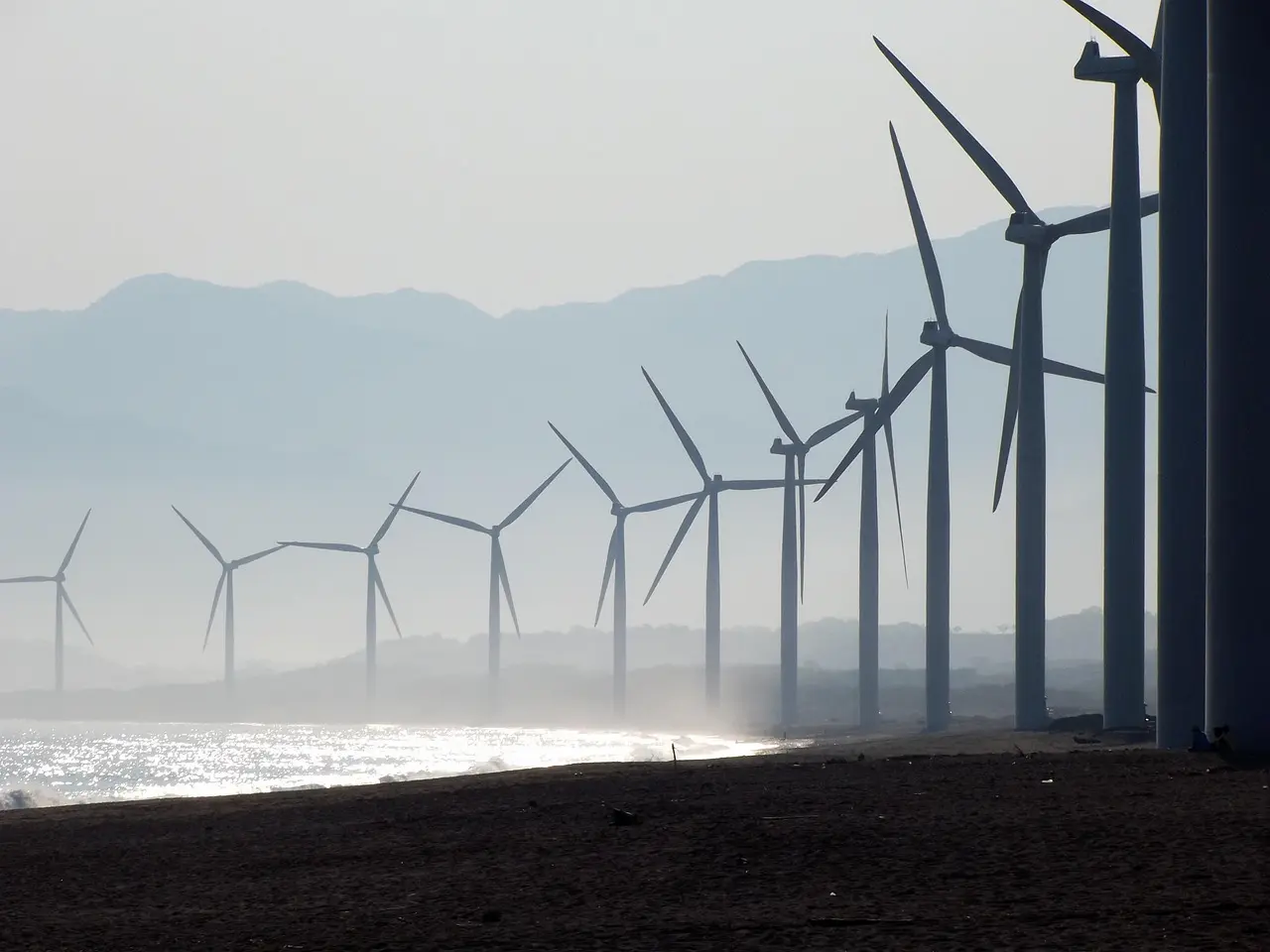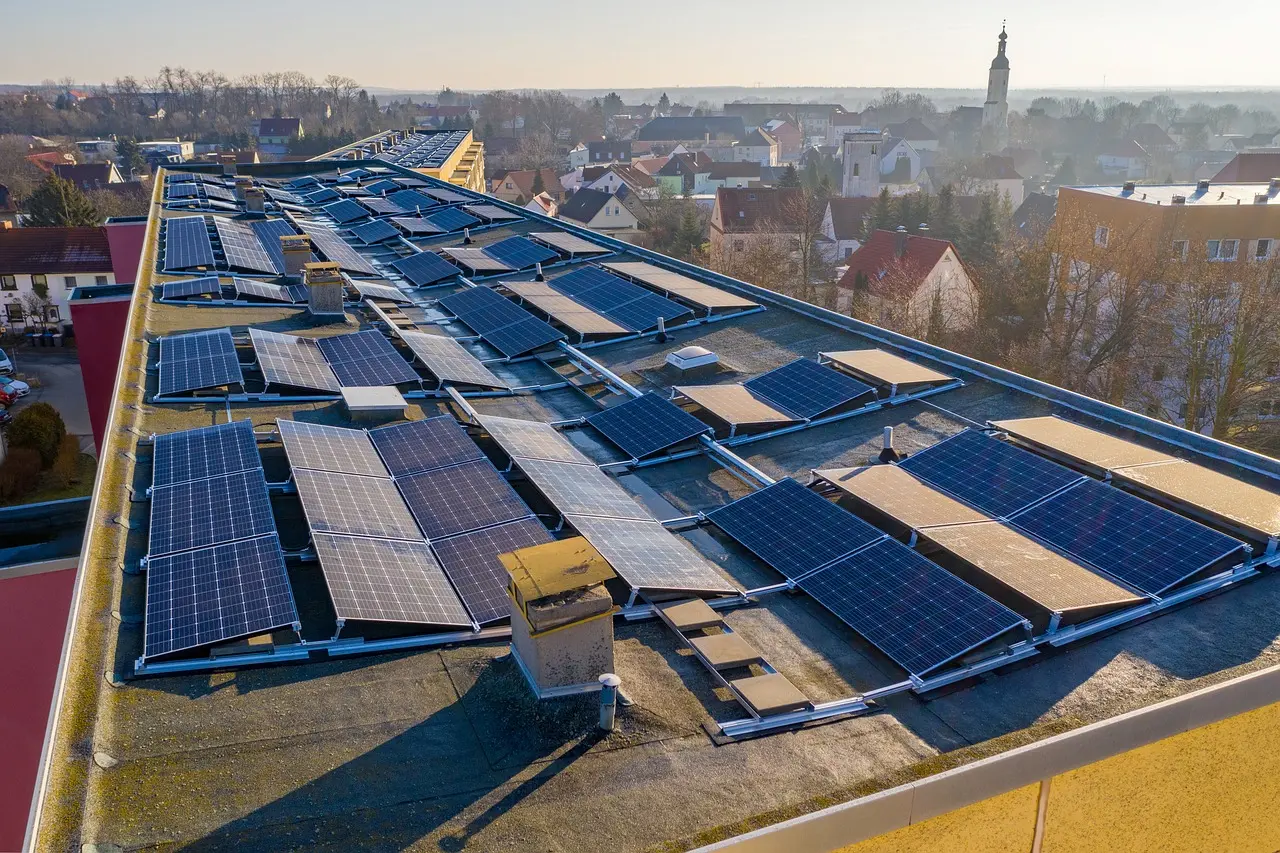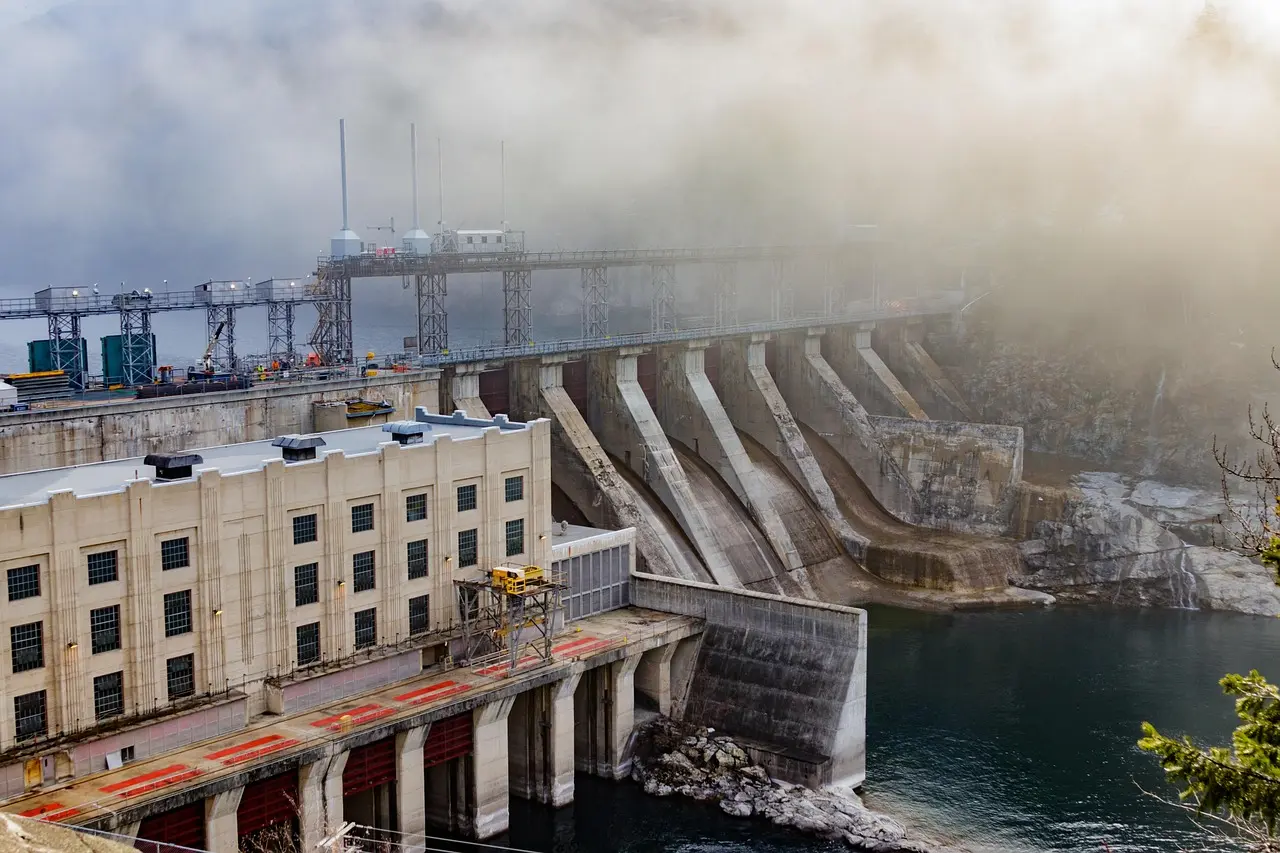Renewable energy is now a popular power source in many countries. The recent increase in electricity prices, combined with the growing environmental concerns, has motivated many Australians to adopt this sustainable and clean alternative. To support the transition to a more sustainable and healthier lifestyle, Australia has invested heavily in renewable technologies. This change not only reduces carbon emissions but also offers Australians a cost-effective way to meet their daily electricity needs.
People of all income levels now have greater access to renewable resources. They can generate their energy and reduce reliance on the traditional power grid. Even with this progress, there is still a big challenge: how to integrate these renewable energy sources into the national grid, while maintaining an affordable, reliable supply of electricity for all. It is important to continue investing in renewable energy and implement management strategies.

What is Renewable Energy?
Renewable energy comes from resources that replenish faster than they are used. It is a solution that will not run out of resources quickly. Solar, wind and hydropower are some of Australia’s main renewable energy sources. Solar energy is the main driver of Australia’s energy revolution. However, wind, hydropower and other renewable energy sources are also important.
The increased adoption of renewable energy technologies not only helps countries meet their emission reduction targets, but it also has other benefits, such as cleaner air and new employment opportunities in the renewable energy sector. It also enhances energy security. Australia’s collaboration extends to renewable technologies such as solar, wind and hydropower. It also includes initiatives to improve energy efficiency.
Australia’s Growing Towards Clean Electricity
Experts predict that Australia’s renewable power capacity will continue to grow significantly in the next decades. Clean energy is expected to provide the majority of Australia’s electricity by the end of this decade. Solar energy is expected to be a key driver in this transition. According to the Australian Energy Market Operator, the large-scale solar power capacity will grow from 22 gigawatts at the end of this year to 80 gigawatts by the year 2029.
The growth in energy storage is expected to surpass the increase in solar capacity. Batteries and pumped-hydro storage technologies will be crucial in storing renewable energy to use later, assuring a reliable supply of power even when the sun doesn’t shine or the wind doesn’t blow. Wind power is expected to grow significantly during this time period.
If the expansions are carried out as planned, Australia will have a majority of its electricity generated by clean energy in the early 2030s. This transition could transform Australia, which was a late adopter of renewable energy at the beginning of the decade, into a global leader.

The Most Popular Renewable Energy Sources Are:
Renewable energy sources are most commonly used in biomass, geothermal, hydropower and solar power. The adoption of clean energy in the market is accelerated by technological innovations in these fields. Renewable energy is crucial to achieving energy security and diversity by reducing reliance on expensive fossil fuels. Investments in renewable energy are not only beneficial for the economy, but they also reduce CO2 emissions and promote trade.
It is important to design strategies that allow for both the testing of boundaries and the correction of errors. This is because renewable energy development is an ongoing process. Climate change, global heating, energy security and cost reduction are all factors that influence the growth of renewable energies.
1. Solar Power
The sun’s energy is used to produce electricity. Solar panels convert sunlight into electrical energy or heat. Australia is the leader in solar energy adoption per capita, due to its high sun exposure. This makes it an ideal place for solar power production. Solar panels are installed on nearly 3.7 million roofs in Australia, which helps households to reduce their electricity bills and support sustainable energy practices. Combining solar power with renewable energy sources can also improve energy efficiency and reliability.
2. Wind Power
Wind energy is produced by turbines, which convert the kinetic energy of the wind into electricity. Wind farms are usually located in coastal areas or offshore, where the wind speed is high. This type of energy generation has a minimal impact on the environment and can produce electricity both day and night. Wind power is popular among large companies and utilities due to its cost-effectiveness and consistency.
3. Hydropower:
The energy of falling or flowing water is used to generate electricity. Hydroelectric dams can be built on rivers or reservoirs to allow water from higher elevations to flow through turbines and cause them to spin. These turbines transform kinetic energy into mechanical energy. This is then converted into electrical energy via connected generators, before being distributed into homes and the grid. Hydropower is an established and reliable renewable energy source.
4. Energy from Biomass
The energy produced by biomass is generated when organic materials, such as animal and plant wastes, are burned. These materials can either be burned directly or converted to biofuels such as ethanol and biodiesel that can be used for energy generation. Biomass can be considered renewable as the organic materials are replenished over time. This is an alternative to fossil fuels.
5. Geothermal Power
Geothermal power taps into heat that is stored below the surface of the Earth. This heat is used to create steam that drives turbines and generates electricity. Geothermal energy is not only used for power generation but can also be directly used to heat buildings. This reduces the use of fossil fuels such as coal, oil or gas during colder seasons.

Do We Need Renewable Energy Sources?
Yes, switching to renewable energy sources is essential for building a future that is resilient, sustainable, and healthy.
Why is this change so crucial?
A large portion of the global energy production is still based on fossil fuels such as coal, oil, and gas. The burning of these fuels emits greenhouse gases, which contribute to climate change. Fossil fuels are formed over millions of years, so their use cannot be sustained. They cause serious health and environmental problems as a result of air pollution.
Renewable energy, on the other hand, comes from sources that replenish quickly and emit little or no emissions when used. Renewables are therefore a crucial part of the solution for combating climate change. The advancements in technology have made renewable energy cheaper and more efficient, making it accessible to everyone. Switching to renewable energy is a wise choice as fossil fuel prices continue to increase. It not only helps the environment, but it also saves money over time.
What is the impact of renewable energy on climate change?
Solar and wind energy are important sources of renewable energy that can help reduce greenhouse gas emissions. These clean energy sources reduce Australia’s carbon footprint by using abundant natural resources rather than burning fossil fuels. This change is vital for the protection of future generations and meeting global climate goals.
What are the economic advantages of renewable energy?
Renewable energy is an important driver of growth for Australia’s economy. The sector creates jobs in diverse regions, and it attracts significant investment from domestic and international sources. This capital influx not only stimulates the local economies but also fosters technology innovation. It helps Australia maintain its competitive edge in the global clean energy markets.
Conclusion
Renewable energy is a key driver of Australia’s social, economic and environmental growth. It helps reduce greenhouse gas emissions and contributes to Australia’s climate goals. In addition to creating jobs, the expansion of renewable energies stimulates economic growth and community support. Renewable sources also improve Australia’s energy stability by stabilising and diversifying energy prices and supplying a variety of power. This makes electricity more affordable for both households and businesses. As Australia continues to invest in and innovate within the renewable energy sector, it positions itself as a leader in sustainable development–promising a cleaner, more prosperous future for all Australians.


